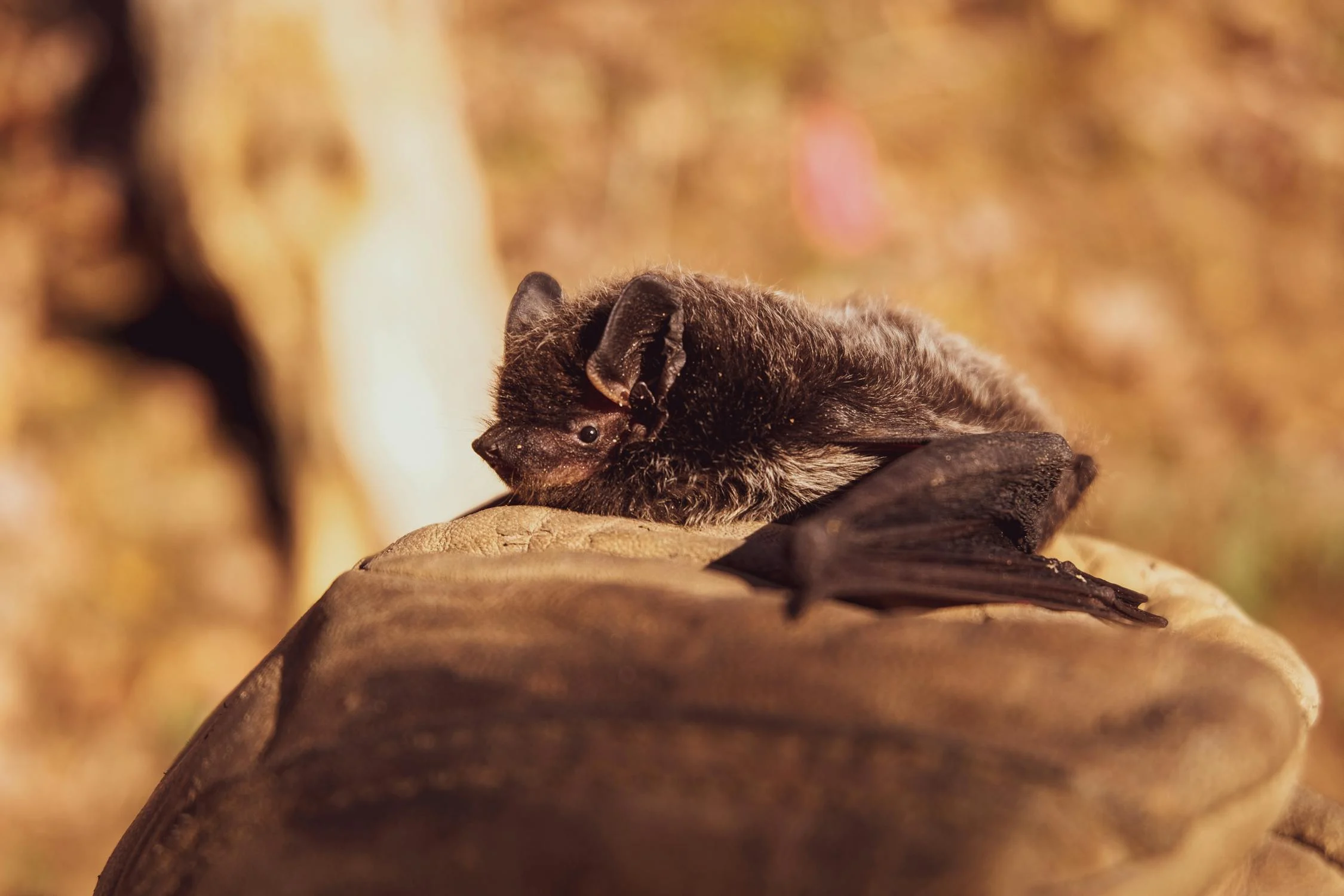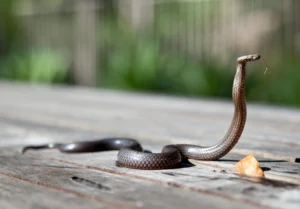The bat… the skilled night hunter.

Bats are the only mammals in the world that can fly, and they are remarkably skilled at it.
For centuries, bats have been described as evil and frightening, due to their beaded eyes and sharp fangs. But it seems that there is more than meets the eye in those nocturnal creatures.
There are more than 1,300 species of bats in the world, making them the second most common group of mammals after rodents. Some weigh less than a small coin, while the wingspan of others reaches six feet, but all are vital and impressive members of their ecosystems.
The scientific name for bats is Chiroptera, which is a Greek term meaning “hand wing.” This is because bats have four long fingers and a thumb, each connected by a thin layer of skin. They are also the only mammals in the world that can fly, and they are remarkably skilled at it. The flexible skin membrane and moving joints allow it to change direction quickly and catch mosquitoes in mid-air.
There are two main types of bats, but most bats are insectivorous, such as moths. While vampire bats are the only type that feed on blood and not insects,. But there’s no need to worry; they prefer drinking the blood of cattle and horses rather than feeding on human blood.
To navigate through dark caves and search for prey after nightfall, insect-eating bats rely on echolocation, a system that allows them to locate objects using sound waves.
The location of the echo is determined by emitting a high-pitched sound that travels until it hits an object and then returns. And this echo tells her the size of the body and how far away it is.
In contrast, fruit, nectar, and pollen-feeding bats in tropical regions have larger eyes and a stronger sense of smell than insect-eating bats, but their ears are smaller because they do not use echolocation.

Bats can be found almost everywhere, except in polar regions, rugged deserts, and some isolated islands. They spend the daylight hours hiding in roosts around tropical areas, dense forests, and wetlands. Roosts are the places where bats go to rest—usually in crevices that keep them hidden and protected from predators.
Despite all the misconceptions circulating about bats, they are very important for humans and the environment. As insect-eating animals consume millions of insects every night, they act as a natural pest control for plants.
Thanks to bats, farmers may rely less on toxic pesticides, which cost them millions of dollars each year. Bats also pollinate plants so that they can produce fruit.
In fact, more than 500 species of plants, including mangoes, bananas, and avocados, rely on bats for pollination. Fruit-eating bats also help in dispersing seeds, allowing rainforests to grow, which helps mitigate the effects of widespread deforestation.




